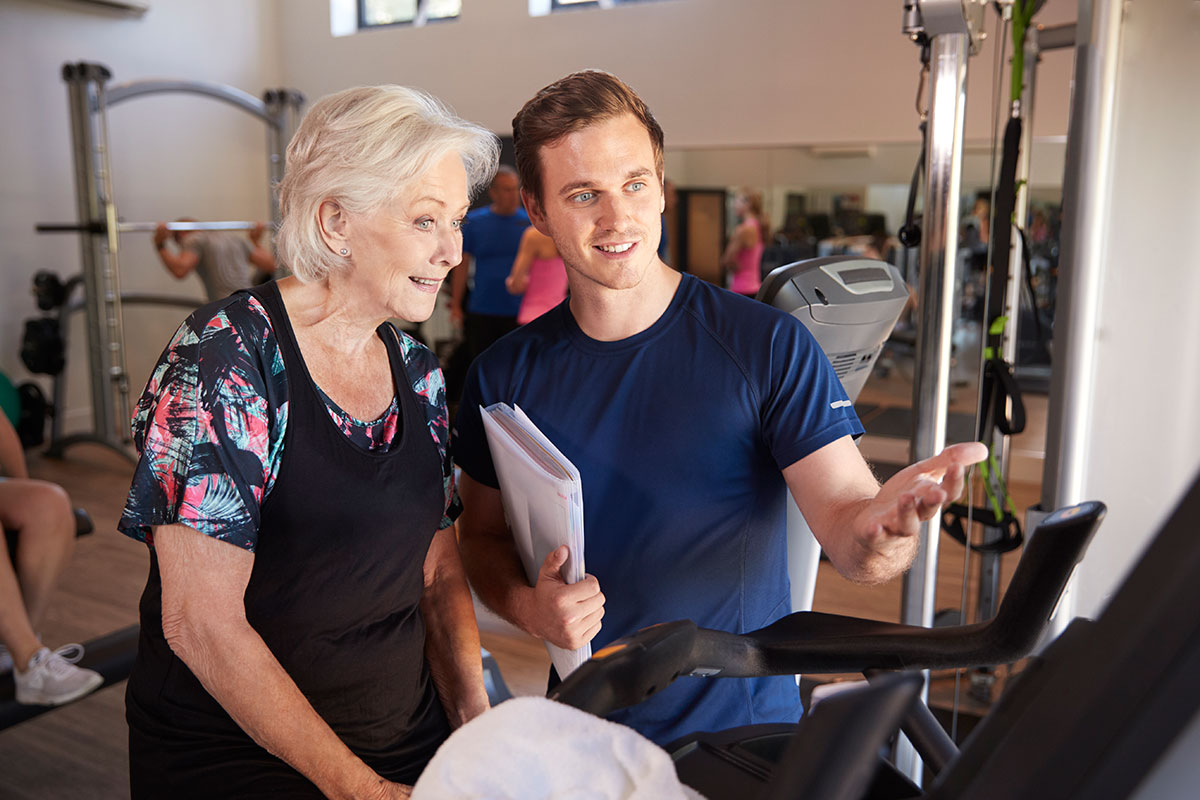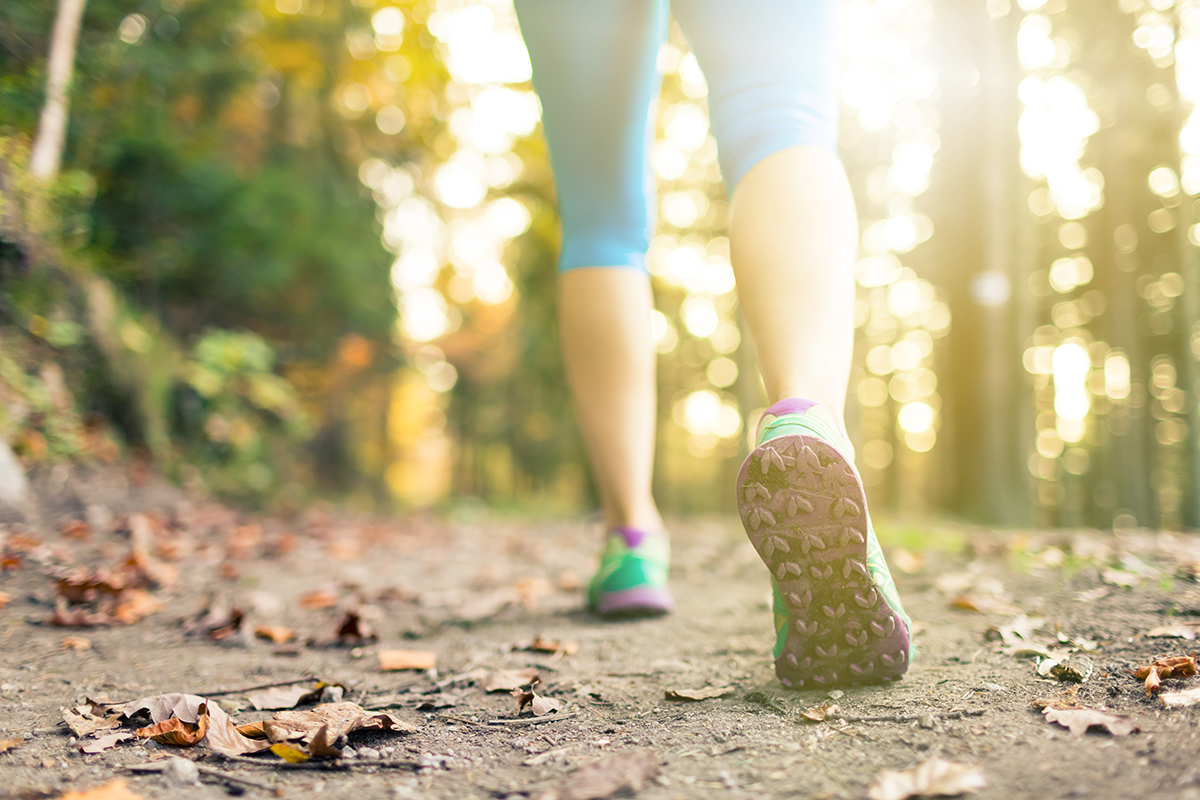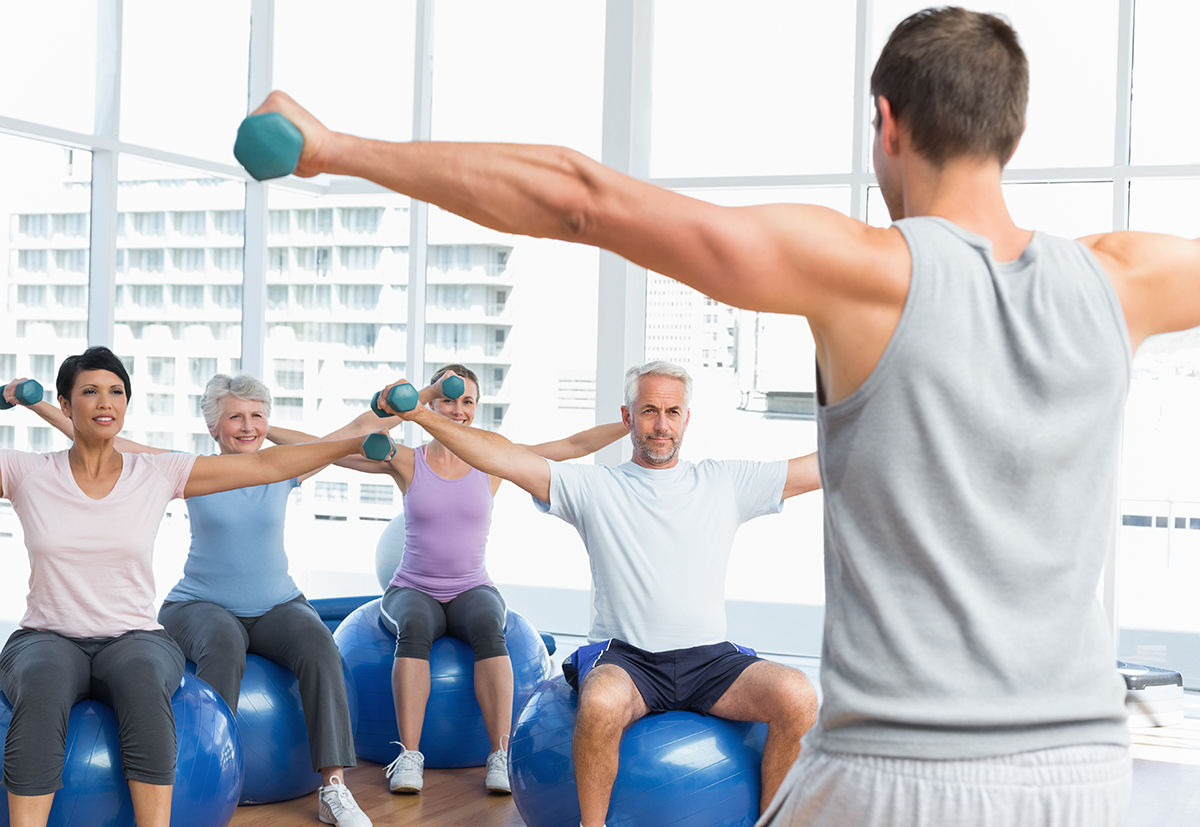Five Steps for Leveling Up Your Mindset
The perspective from which I want to discuss this topic today has to do with cultivating a mindset that actually allows you to reach your goals.
It’s easy to get fed up with your current situation – whether it be weight, a job, finances, a relationship or otherwise – and say to yourself “I’m done! Things are about to change!”
But then they don’t.
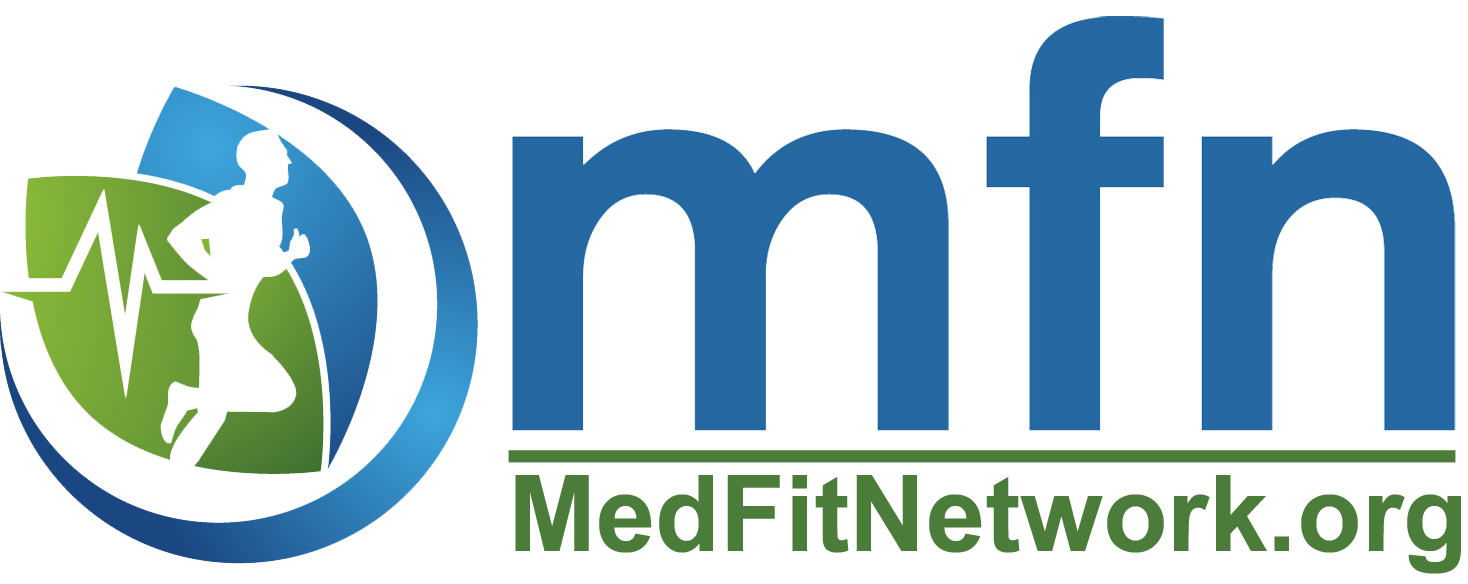




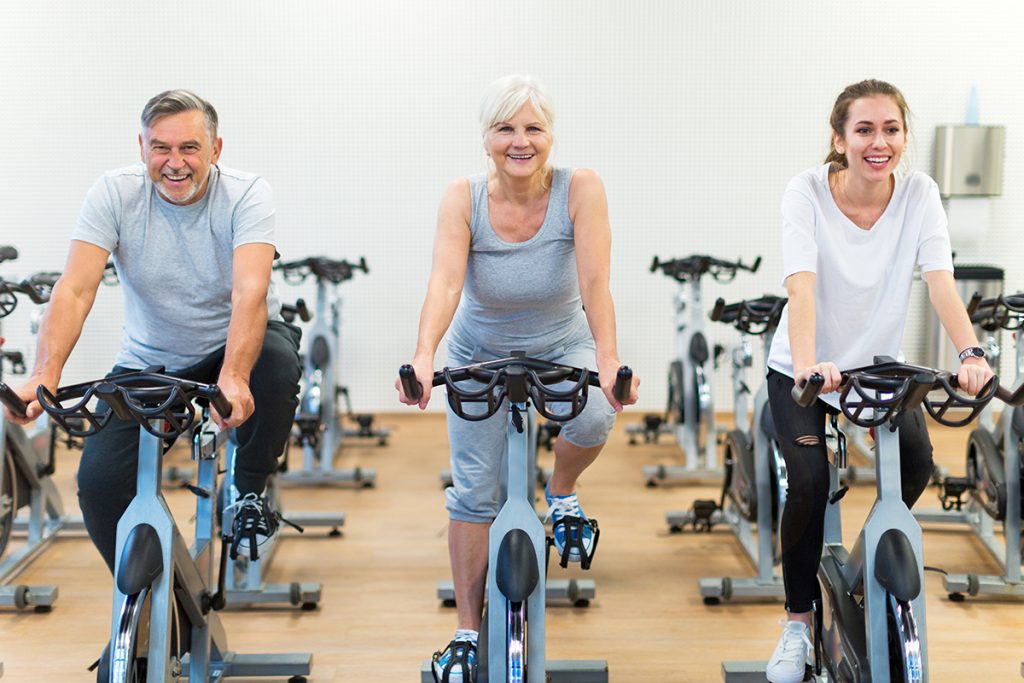
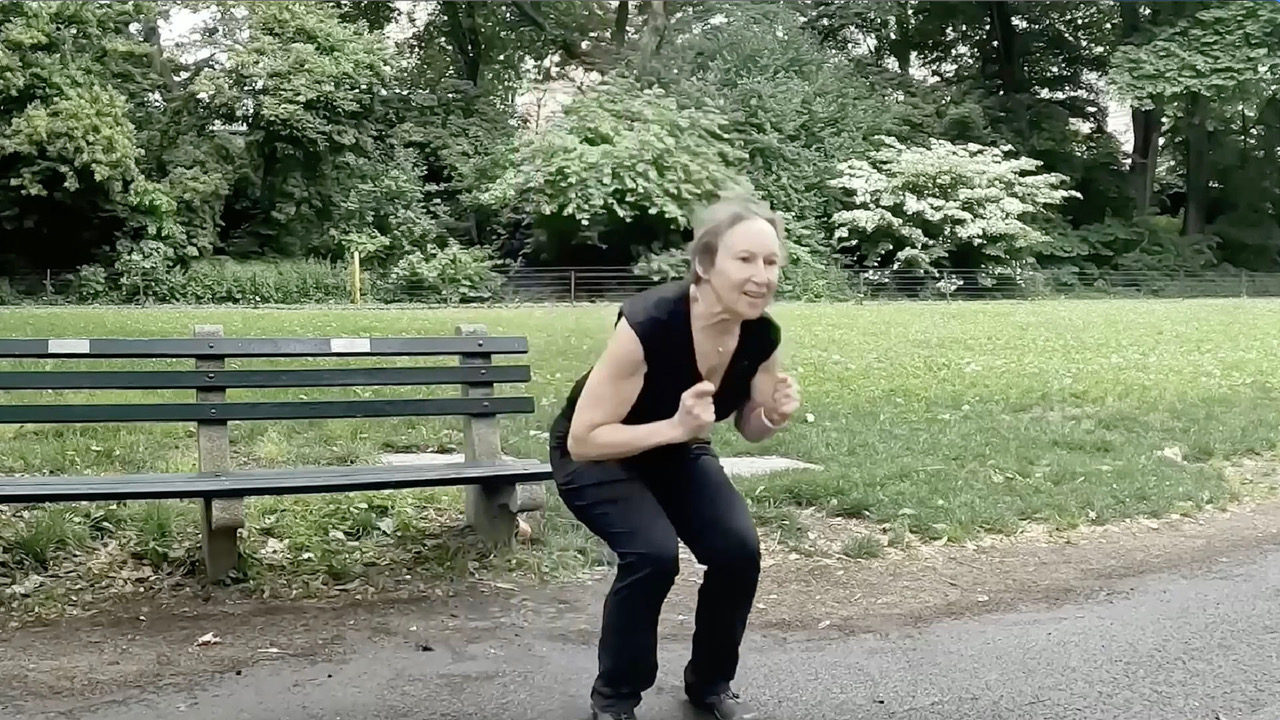
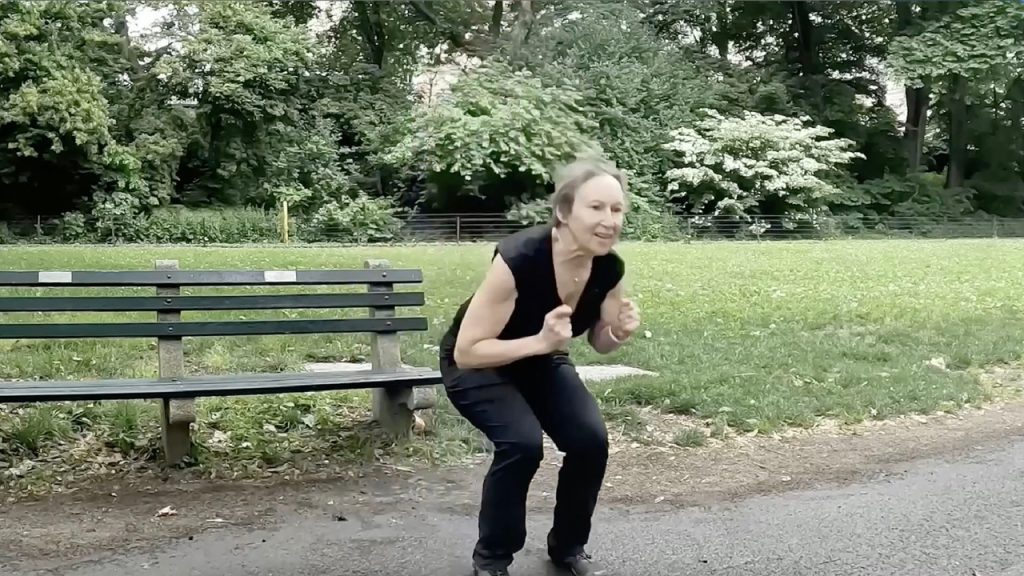
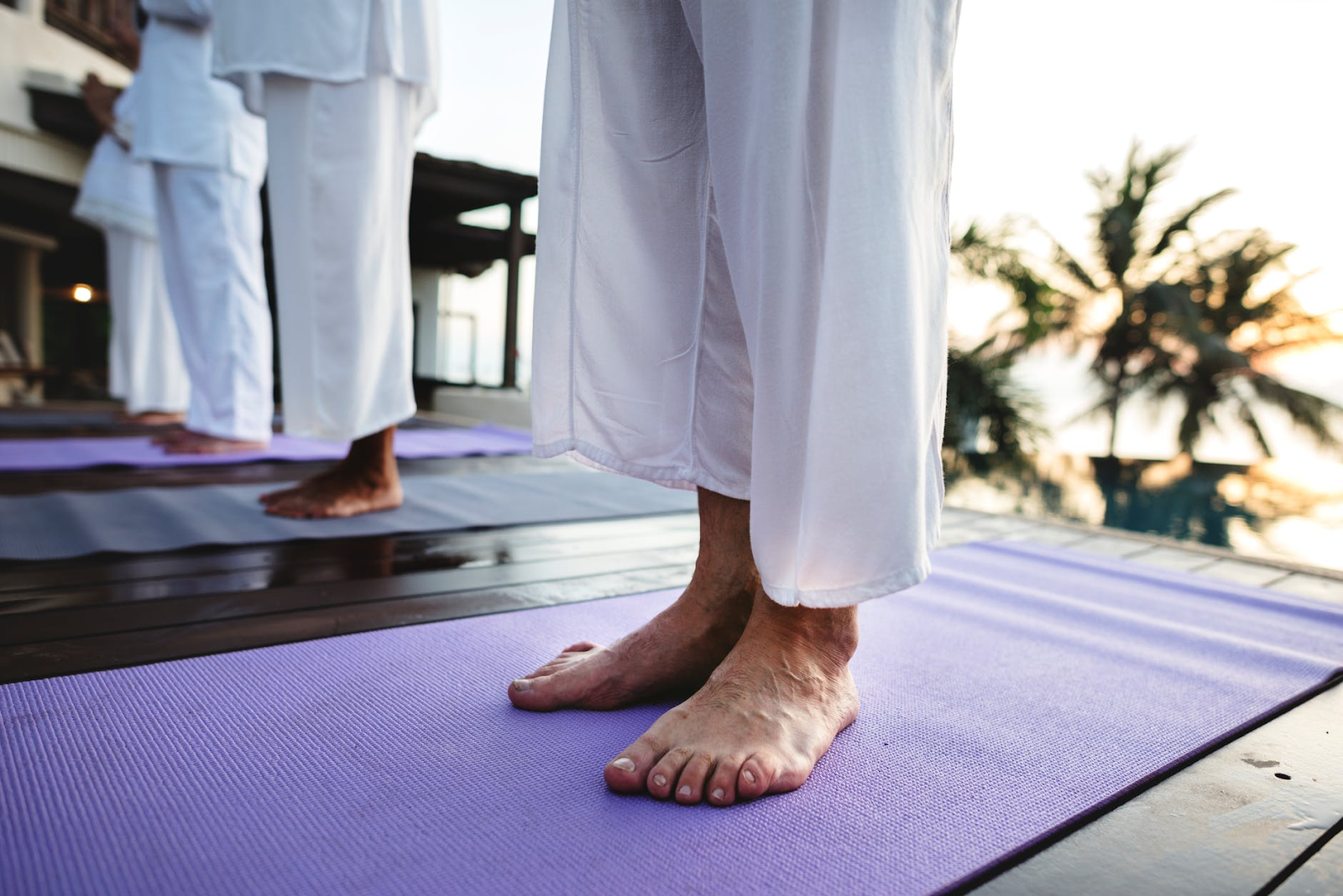
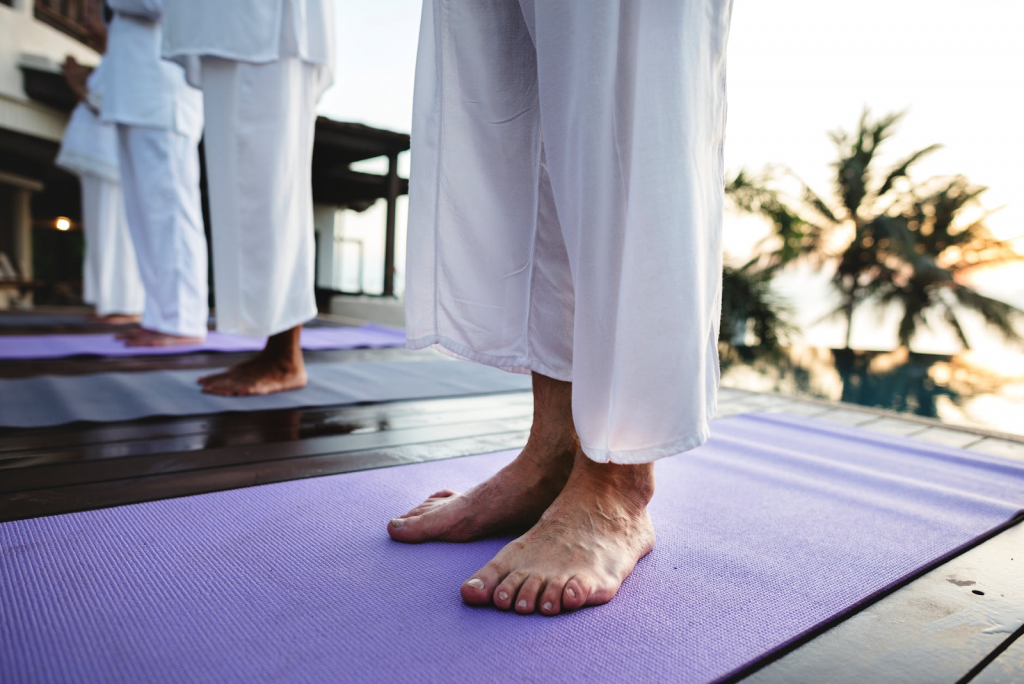 Start Working Out More at Home
Start Working Out More at Home